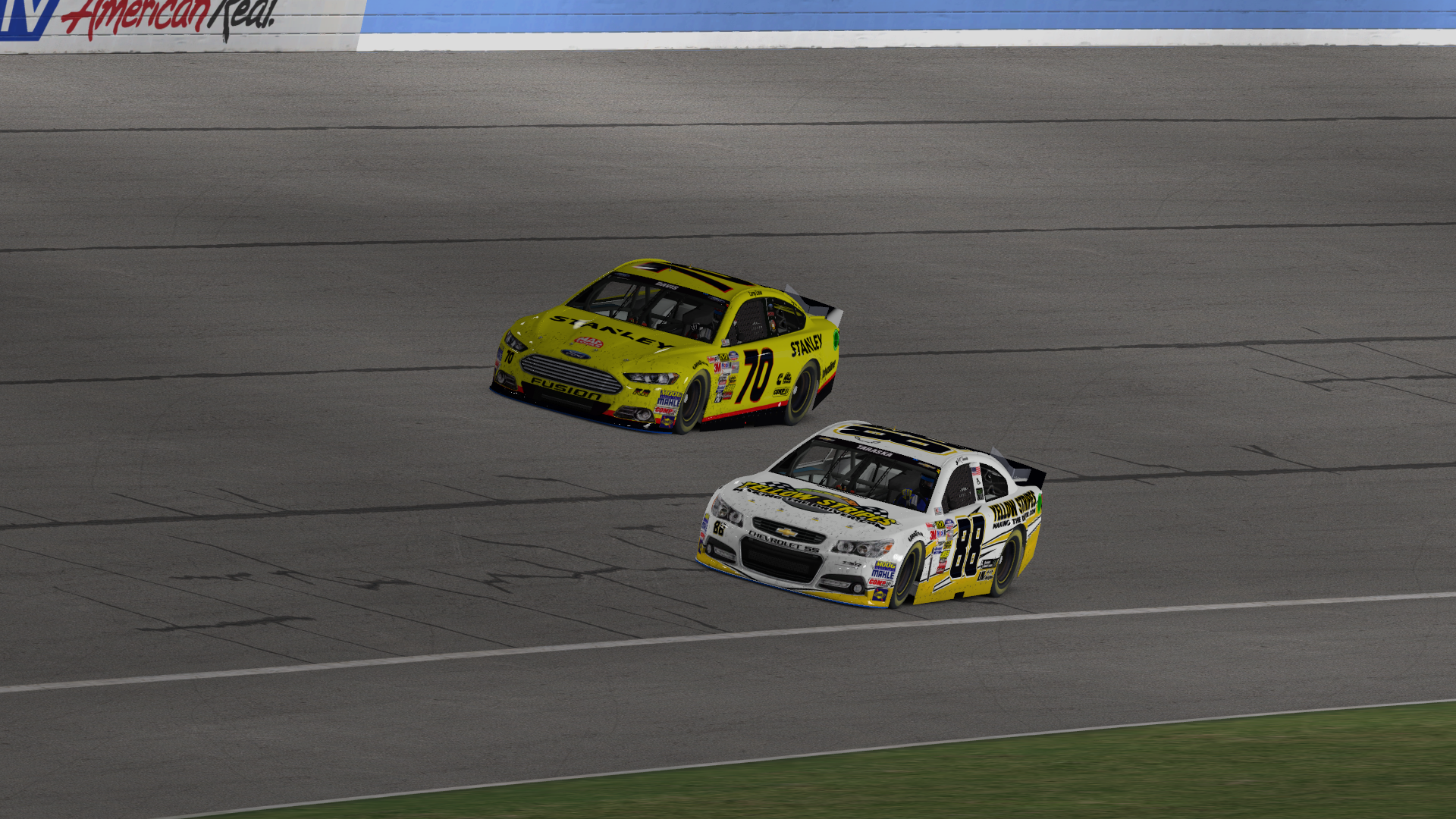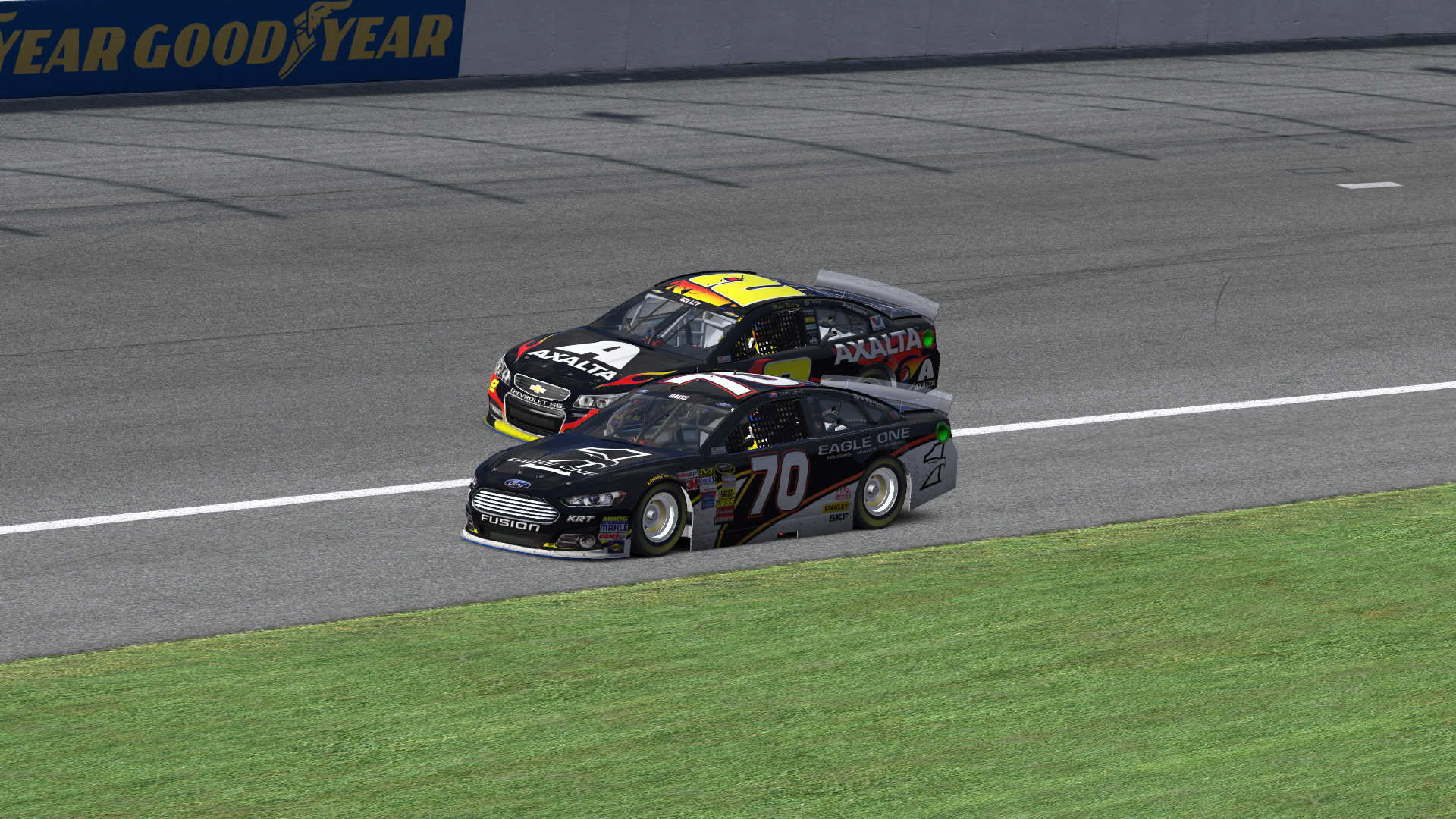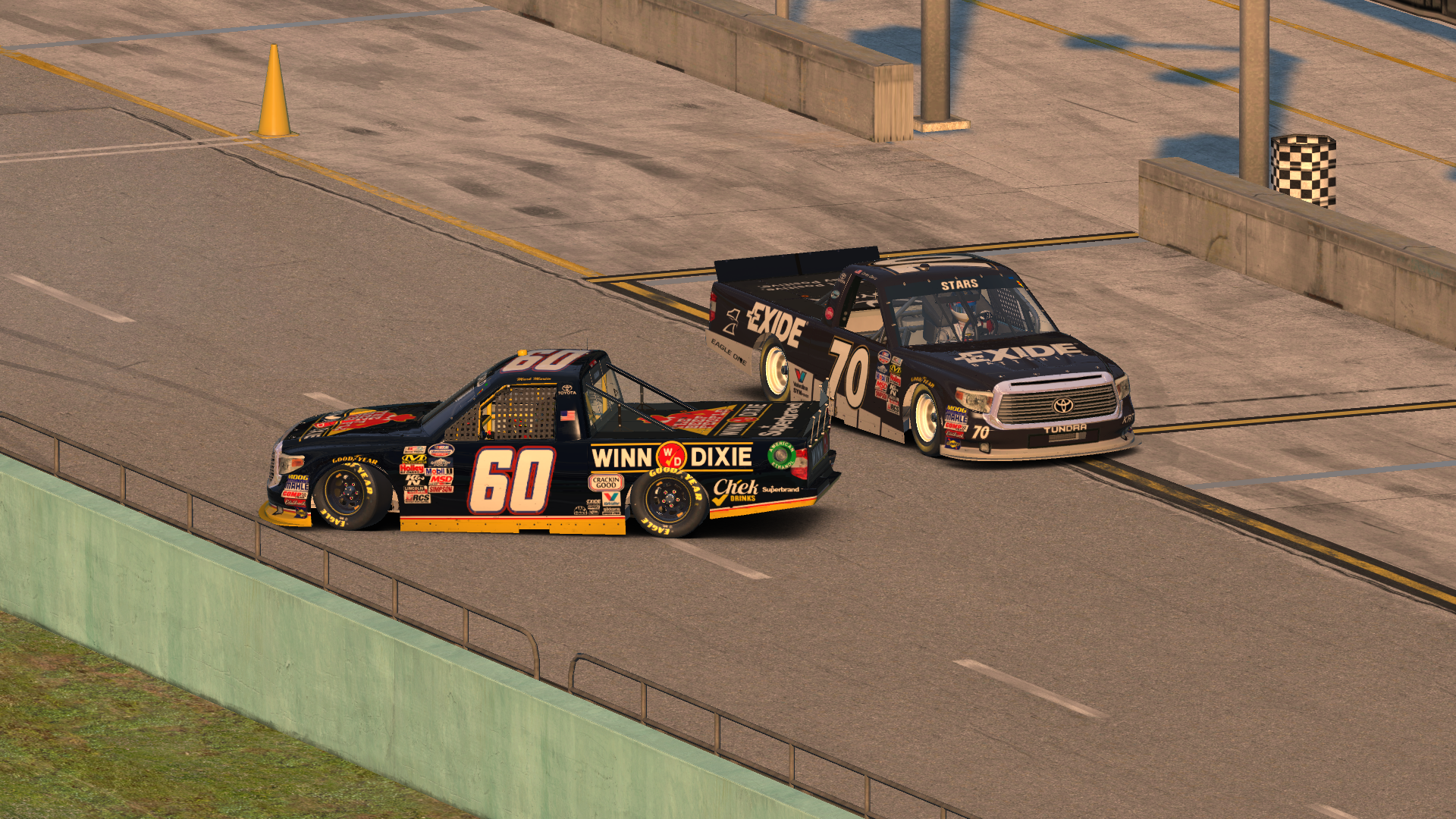For a competitor, there might not be a more anticipated opportunity than to fight for a championship. It’s the ultimate test of your skills against the very best that your opponents have to offer, and the reward is the greatest honor you can receive for your performance.
Of course, these championship fights are often the most pressure-packed of an entire season, and the performance — or lack thereof — under pressure can be a defining quality of a championship season or a near-miss.
In sim racing, the playing field may be a virtual one, but the competitors are real, the sweat is real, and the full range of emotions is as authentic as you’ll see anywhere. It means that those championship battles can be competitive, exciting, and pressure-packed as well.
No matter the competition, I’ve always been a firm believer that you have to lose one to win one. In other words, you must experience that pressure, the championship butterflies, and the agony of defeat before knowing the thrill of victory. Even all-time greats like LeBron James and Sidney Crosby lost championships before they won them, and I don’t think that’s a coincidence.
In my first full season running in the Power Series, a Sunday night stock car series on iRacing, this long-held tenet of mine ran up against a major caveat. The two drivers in contention for the championship — Kyle Taraska and I — were both rookies. And we couldn’t both lose that title.
Given how closely matched and competitive we’d been all season, it was a shame that either of us had to lose. But as the season wound down, Kyle rose to the occasion while I missed a few opportunities. Notably, two out of the final three races were decided by fuel mileage, and I played the strategy poorly and had slow final pit stops that cost me valuable points.

Battling with Kyle Taraska (#88) at Fontana — a race ultimately decided by fuel strategy.
The pressure also got to me in that season’s finale in Texas. Entering the race tied atop the points with Kyle, I out-qualified him but hit the wall early and took damage, then dropped back through the field. The damage was eventually fixed and I started behind Kyle on a late-race restart, but I couldn’t keep up with him. He finished two positions ahead of me and quite deservedly won that season’s championship.
The following season, I again found myself in a close points battle late in the season. This time, my competitor was a series veteran, Mike Kelley. As with Kyle in the previous season, Mike was and is one of my closest and most respected competitors, and we were both deserving of the title. But only one of us could win it.
Having lost a championship, I knew what the pressure was like. I knew how a championship battle affected me mentally. At random times during the final weeks of the season, I would find myself envisioning different scenarios and doing mental math: What if I finish second after leading a lap and my opponent wins the race?
This pressure can be quite invasive, but I tried to harness it for good. With three races remaining in the season, I won at Phoenix, where I’d lost points the previous season. And in the penultimate race — a return to Texas — I won the pole and was determined not to lose another championship at the same track.
While running in second place late in the race, I made a costly mistake and that championship history nearly repeated itself. I over-drove the pit entrance on my final stop and slipped back to sixth place. Instead of gaining points on Mike, I lost some.
We were just one point apart entering the season finale in Las Vegas, so whoever finished higher in the final race would be the champion.
That race got off to a rough start. I qualified several positions behind Mike, and early on, I couldn’t move forward. When the caution flag — the only one of the race, as it turned out — waved on lap 6, I hit pit road, hoping that fresh tires and a different strategy might pay dividends later on.
As the race continued, I got in a rhythm and eventually moved into third place, one spot behind Mike. All race, we yo-yo’d back and forth. He was faster on fresh tires, but I would reel him back in on older tires.
I was right on his bumper when he made his final pit stop, and I came to pit road one lap later. He was again faster on new tires, but as the run to the checkered flag continued, I slowly started catching him.
With two laps to go, my virtual spotter relayed a message: You have about two laps of fuel left.
Not a problem for me, but what about Mike, who pitted a lap earlier?
On the final lap, the gap to him closed even more: less than a second down the backstretch, but I still wasn’t close enough to make a move. Then, exiting turn four for the final time, he sputtered. With just two hundred yards to go, I got past him. We were tied on points, but I won the tiebreaker by virtue of more wins that season.

Edging Mike Kelley (#2) on the final straightaway in Las Vegas.
Looking back, that was an incredible way to win a championship, but also a lucky one. I’m fortunate that my mistake at Texas didn’t cost me in the end, although it certainly made the final race a lot tougher!
My experience in losing a championship might’ve prepared me to win one in some ways, but I also nearly lost it all in a clutch situation late in the season.
Now fast-forward from October 2014 to this spring. After a year and a half without seriously contending for any championships, I found myself leading the points in the Stars Series, the Tuesday night truck racing companion division of the Power Series.
That in itself came as a huge surprise to me. I had never driven the new-for-2015 trucks before the start of the season, so I certainly didn’t expect to challenge some of the series’ best drivers who were intimately familiar with those cars — er, trucks.
But after wins at Charlotte and Watkins Glen, I was leading a tight three-way points battle entering the final three races of the season. The first of those came at Las Vegas — the same track where I’d earned my championship pedigree. However, when we visited with the trucks, the outcome was much different.
I qualified well but had no speed early in the race. I slipped to the back of the pack, hoping to save my tires, but the field kept pulling away. I limped home to a disappointing, frustrating ninth-place finish, while one of my title rivals, Bobby Terrell, won the race.
The next week at Five Flags Speedway — a short track that was all new to me — the other championship contender, Tim Johnston, won the race. The three of us were separated by just three points, so it was essentially a winner-take-all affair in the season finale at the Homestead-Miami Speedway.
Given my recent results, I wasn’t very confident about my chances. Plus, I’d only raced at Homestead once, and that was in a different car that drove very differently around the 1.5-mile oval.
In pre-race practice, I saw that I didn’t have the long-run speed to keep up with Tim. When the race started, I held my own on fresh tires, but Tim and Bobby eventually got around me and started to pull away.
If I was going to beat them, I couldn’t do it purely on speed. I needed strategy on my side, so I took a page from my very first championship battle.
Fuel saving used to be a huge weakness for me. I didn’t know how to do it while running a decent pace, and it worked against me in back-to-back races during my first Power Series season. But after that, I was determined to figure it out.
And I did. Two seasons after that championship loss, I won two races on fuel mileage. Some of my competitors even began to regard me as threat whenever fuel saving was a possibility since I seemed to stretch my tanks longer than most could. It’s still a bit surreal to think about that turnaround since I used to be so bad at it.
In practice at Homestead, I saw that it would be possible to make it to the finish on just two pit stops if I could save about a lap of fuel each run. So as Tim and Bobby pulled away early in the race, I started saving. They pitted early, consistent with a three-stop strategy, while I stretched my fuel and pitted on target for a two-stopper.
One other driver was on the same strategy, and he was a few seconds up the road from me as the race crossed the halfway point. We entered pit road to make our final stops at the same time, and disaster struck for him and nearly for me. He spun while slowing at the pit entrance and blocked both lanes of travel. I swerved to the inside to avoid him while making sure to slow to the speed limit myself.

Near-disaster at Homestead as the #60 truck spun ahead of me in the pits.
After I made my final stop and my two competitors made theirs, I had a ten-second lead and was running a good enough pace to hold them off, even while saving fuel. However, I soon had another potential problem.
In real-world sports, the weather tends to affect all competitors equally. Some may perform better in the cold, hot, wet, or dry than others, but at least conditions are the same for everyone.
However, the real-world weather nearly dealt an unfair and devastating blow to my chances in the virtual race. A storm was brewing outside, and in my periphery, I could see the lightning flashes out my window. If the power flickered even once, my computer would have turned off and my race and championship hopes would’ve been finished.
So along with keeping an eye on my fuel, I had an eye on the weather. The final 20 laps seemed to crawl by as the thunder roared. I just hoped for no cautions, since it would’ve brought my rivals back to my tailgate and let the race creep on for minutes longer with the storm still lingering.
Finally, we had three laps to go. Two to go. One to go. My fuel made it to the finish, as did my electricity. With a 3.7-second margin to second-place, I had out-strategized my competition to win both the race and the championship. And I’d done it in a clutch situation, with both pressure and weather bearing down on me.
The way that season finished still seems so improbable to me. I shouldn’t have been competitive in the truck or at Homestead. Yet in a nod to that long-held belief of mine, my experience in losing a championship made me better-prepared to win one.
While that title is in the books, one other championship story is still being written. As I write this, I am one week away from another Power Series finale involved in another close points battle. This time, the foe is familiar — Mike Kelley is second in points — and so is the situation. With just two points separating us, if either of us wins the race, we’ll win the title.
Mike has had a tremendous season so he should enter the finale as the favorite. But I’m somehow in contention — in the points lead, even — and I refuse to count myself out. Because if my previous battle with Mike in Las Vegas proved anything, it’s that a good battle — complete with the mental math and championship butterflies — truly isn’t over until it’s over.
1 thought on “Championship Butterflies”
Comments are closed.